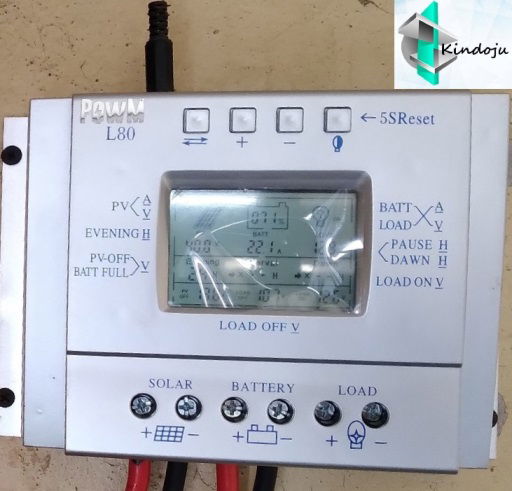SOLAR POWER SYSTEM
The dynamics of power supply in developing nations is volatile. So investing in other sustainable sources of generating power is not only expedient, but wise. One of such is the solar power system.
Solar power systems can be used in grid and off-grid. Its four basic components include:
i. Solar Panels (SP): are frames of enclosed grouped solar cells that convert sunlight to electric power. For maximum efficiency, it’s advisable the panels are free from shadows. SPs are of two types:
- Photovoltaic (PV): converts sunlight to electric power.
- Thermal: heats water by absorbing the sun’s warmth. It’s used as heaters in homes (during cold climate) and swimming pools.
SPs are connected in either:
- Serial: used when a particular voltage output is desired.
- Parallel: used when a particular current capacity is desired.
II. Inverter: Is the nitty-gritty of the solar power system. It converts the Direct Current (DC) (in 12, 24 or 48 volts) from the PV and battery bank, to the Alternating Current (AC) supplied in home /office. It also boosts and controls the total power generated. Inverters are of two types namely, transformer-based and transformer-less. Inverter ratings are based on its usage, IP65 for external and IP21 for internal use.
III. Charger Controller: has an extra feature of lighting, besides its main function of regulating the voltage / current from PV to the batteries, by preventing it’s over-charge during the day and over-discharge (power draw back to the PV) at night. Charger controllers are of two types:

a. Maximum Power Point Tracking (MPPT): ensures all the available PV power is utilized, by dipping the PV voltage to match that of the batteries. This increase the current. So a 20V PV can charge one or two or three 12V battery/batteries in series.
b. Pulse Width Modulation (PWM): uses lots of the solar power as it charges because the solar arrays are connected directly to the batteries. The nominal voltage of the solar array much match that of the batteries e.g. 12/24/48Volts PV to 12/24/48Volts batteries respectively.
IV. Battery Banks: stores the sourced solar energy for use at off-grid or peak hours. Its connected in either:
a. Series: this boosts the voltage released to the inverter. The glitch here is fault in one battery, hinders the powering of others.
b. Parallel: this boosts the ampere hour (Ah) of the batteries to run longer. The glitch here is fault in one battery, drains the voltage of others, causing an over-current, which can cause a fire outbreak. To prevent this, it’s advisable to add diodes or intelligent monitoring with automatic switching in the parallel connection, to isolate an under-voltage of a battery from the others.
To know the exact numbers of batteries (Ah) to bank, we multiply the total load (wattage) to be connected with the usage duration (hours), then divide everything by the input voltage (V).
Benefits of having a solar power system
i Compensates for the huge utility bills: The Candid truth is the initial cost of its installation can be overwhelming, but the long-term savings is undeniable.
ii Eco-friendly: its energy is generated purely from the sun, unlike generated from fuel consumption that emits harmful gas to the atmosphere.
iii. Long lifespan: solar panels require no maintenance besides ensuring their surfaces are clean. They last for more than 30 years.
iv. Provides us with the autonomy of an alternative, reliable, sustainable and renewable power supply, besides the local grid.
To order and install a solar power system, click here